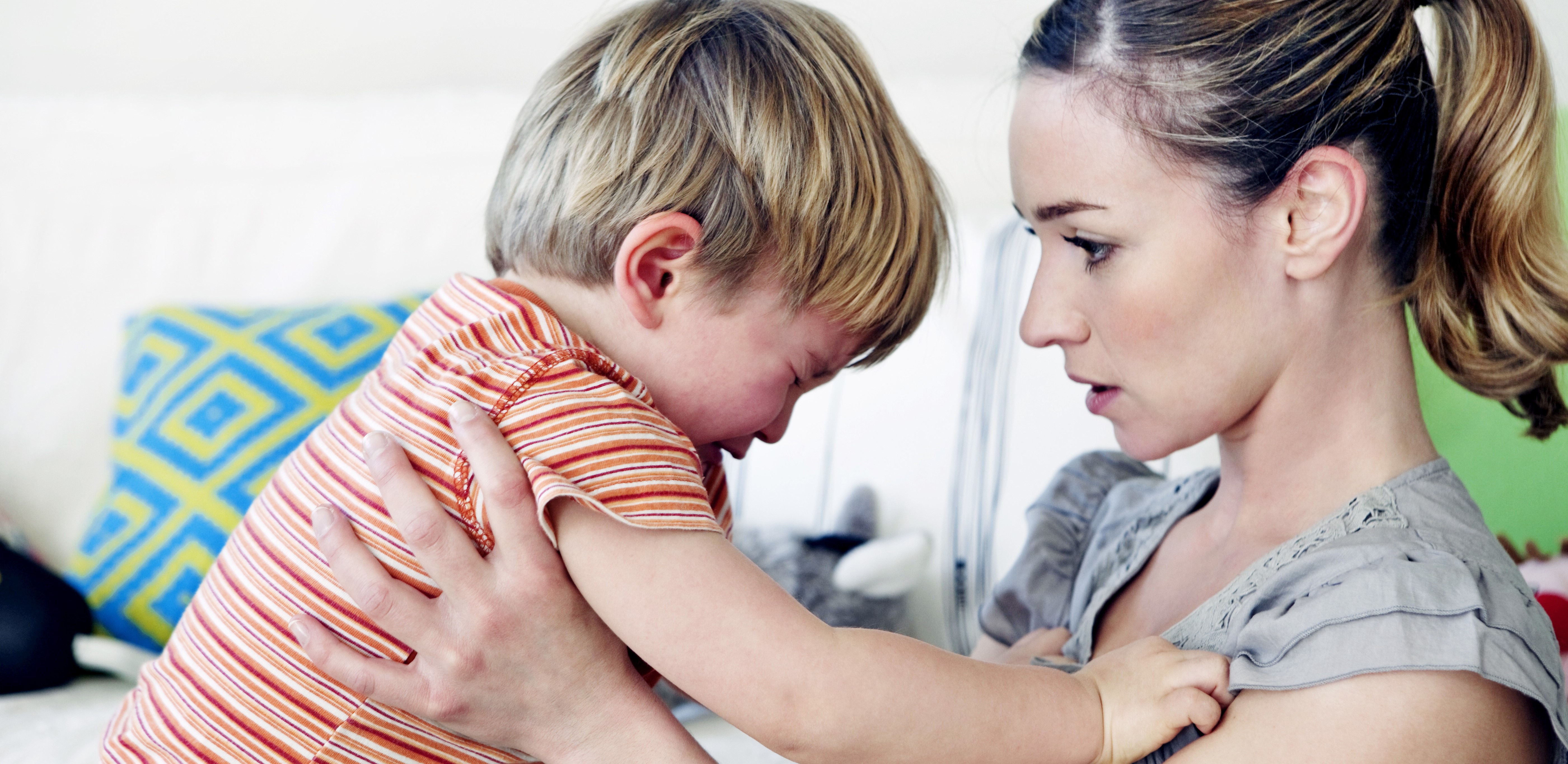
Promoting Positive Behaviour in Early Years Settings
September 13, 2019 1:12 pmNegative or challenging behaviour can manifest in many ways from general disruption to physical violence, so it’s important that your staff understand how to deal with this and how to promote the positive behaviours outlined in the EYFS: emotional intelligence (managing feelings), social skills (forming positive relationships) and cognitive skills (self-awareness).
This article looks at how practitioners can discourage negative behaviour and nurture positive behaviour within the early years settings to give children the best possible start in life.
Empathy and Understanding
First and foremost, it is important to understand that children come from a wide array of backgrounds. Some may face communication difficulties, delayed development, and so forth; so, it is important to take note of this in your everyday working practices.
A child’s behaviour and actions can give you an insight into how they are feeling. For example, if a child is particularly argumentative or uncooperative, it may be because they don’t know how to express their feelings about what’s bothering them. Therefore, a level of empathy needs to be the starting point here before any kind of intervention takes place.
Firmly explaining to them that their current actions are not what you expect of them and asking them to try and explain why they are acting this way helps children to develop a better understanding of their emotions. Feeling understood also has a calming effect which should help to defuse potential tantrums.
Promoting Positive Behaviour
Once children start to discover their independence, they will start to exercise this and test the boundaries of what is acceptable behaviour. There is no doubt that negative behaviours can impact staff and surrounding children, so it is important to create an environment which not only discourages disruptive behaviour but equally promotes positive behaviour. Positive reinforcement is an effective tool to help boost the confidence and self-esteem of a child who is continuously disruptive. Praise them when they achieve something or do something well. They will feel good about that and this will come as a welcome respite to them. It’s also important not to taint praise with negatives. For example, ‘You are a very good’ is far more effective than, ‘You behaved much better today than yesterday’.
Equally, it is important to send the message that disruptive behaviour is not acceptable and that consequences will materialise if they fail to follow. If early intervention methods like discussion have failed, then planned ignoring can be a hugely effective tool to use when trying to discourage negative behaviour. Simply ignoring their behaviour whilst it is happening is fine. They not only get bored of their actions but soon realise their peers are not impressed either. Yes, other children will witness the behaviour, but they too will soon learn that this behaviour does not receive any attention.
Good, Clear Communication
Children in a state of agitation will generally find it difficult to listen effectively to anything explained to them until they have calmed down. They will filter out complex sentences and not even register others. Sometimes, they simply do not understand what you are asking of them, so they act out further.
Keeping your dialogue with them as clear and simple as possible will go a long way towards diffusing situations and coming to a satisfactory resolution. Try not to bombard them with too many demands and requests. They are still children, and still lack the basic contexts of words and expectations. Allow them time and space to process.
The tone is key and it’s important to avoid whining or doubtful tones (e.g. ‘We shouldn’t be doing that should we?’). Instead, your instructions must always be clear and speak with authority, and you should issue one command at a time to avoid doubt.
Above all else, remain patient and empathetic throughout.
Creating House Rules
It is a good idea to create a ‘Positive Behaviour Policy’ for your setting which is available to all staff and parents for reference. This should include what is expected of the children, how staff should react to negative behaviour, and how they should reinforce positive behaviour.
Then, using the policy as a basis, you can work with the children to create a set of age-appropriate rules or expectations for behaviour which can be displayed in the classroom for everyone to see. The key here is to ensure that the rules are clear and unambiguous to avoid causing confusion or frustration.
Creating rules together is a fair and effective method that helps children to feel respected and to develop their own sense of respect for authority.
Tags: eyfs, eyfs article, positive behaviour, promoting positive behaviour





